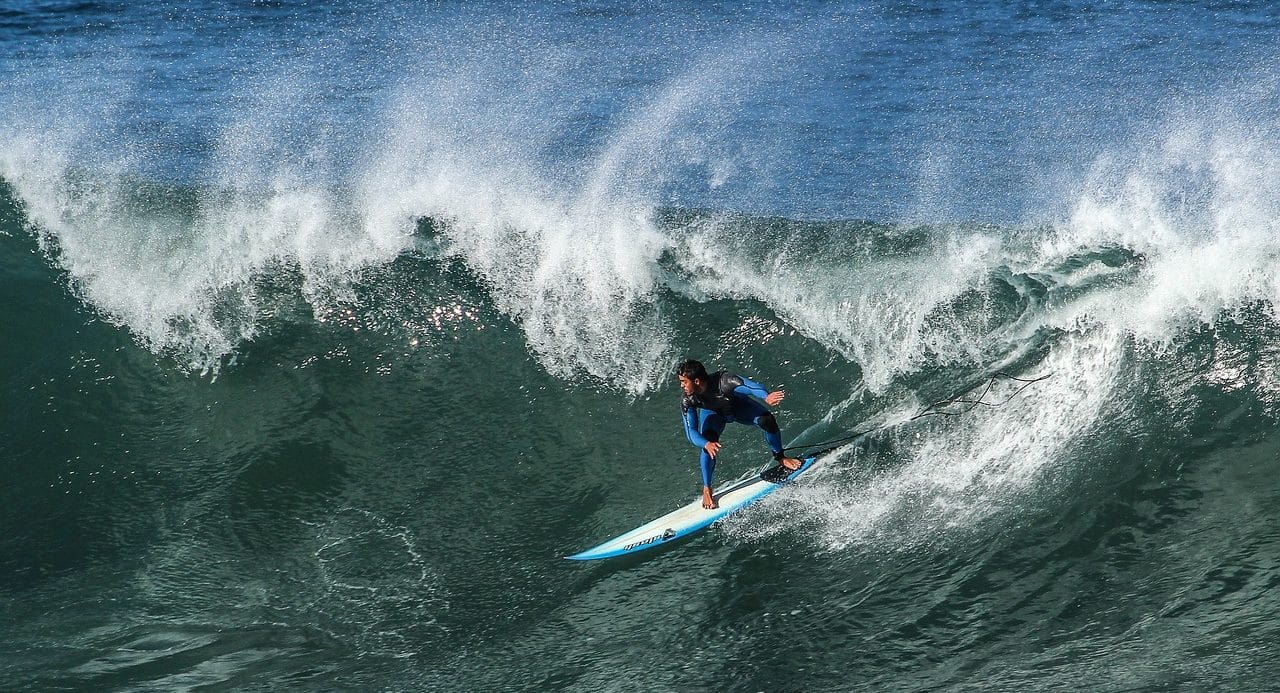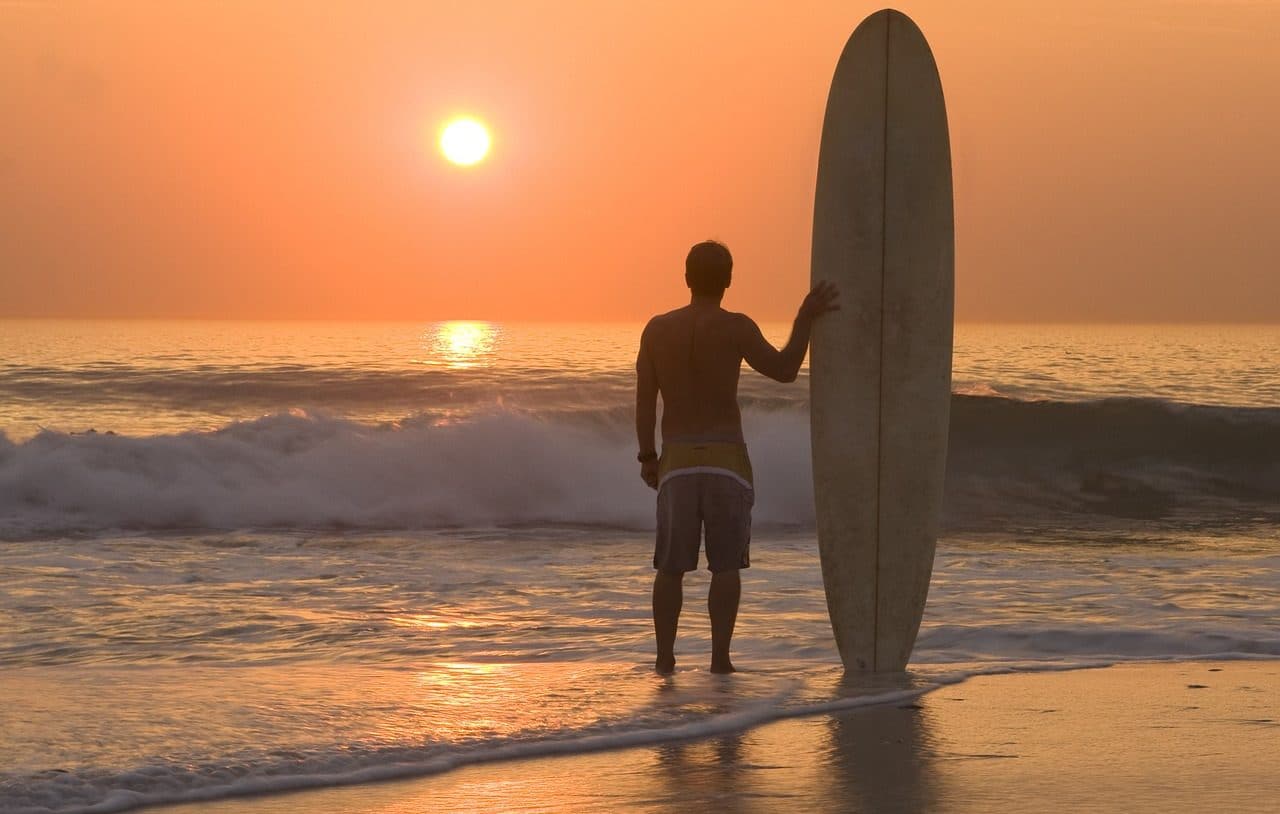
Surfing is part of water sports.
Surfing is a term that comes from English and refers to a maritime sport . Surfers stand on a board and try to maintain their balance while using the waves to move.
The objective of surfing is to remain standing as long as possible on the board while performing turns and pirouettes as the movement occurs on a wave . In its competitive mode, a jury is in charge of awarding scores to each surfer according to their technique .
Origins of surfing
The origins of surfing date back to pre-Columbian times in Peru . The native peoples of some Peruvian regions used boats known as caballitos de totora , which resemble current surfboards.
Modern surfing derives from a practice carried out by the aborigines of Hawaii and Oceania . In the 20th century , surfing began to become popular in California ( United States ), especially after 1960 .
Today, this sport has many followers in the United States , Australia , Spain , Portugal , France , Brazil , Puerto Rico , Peru , Argentina , Venezuela and the Caribbean . In fact, there are beaches that are identified with surfing thanks to their waves.
Over the years, the boards changed their appearance and regulations were established to turn surfing into a sport. In addition, a type of culture linked to sports practice developed, which associates surfing with certain clothing, a style of music and even ideas or principles.

There are different types of surfing depending on the size of the board.
Different classifications
One of the parameters that we can use to classify surfing is precisely the size of the board, and this leads us to the following two variants:
- Shortboard – Also known as shortboard surfing . With measurements ranging from 1.5 to 2.1 meters, it allows athletes to perform a greater number of maneuvers, but they are charged in speed .
- Longboard : Another name for it is plank surfing . The range of measurements starts at 2.75 meters, and they also exceed the previous ones in width and thickness. Put into action, they lead to smoother maneuvers and higher speed.
On the other hand, surfing can be classified according to the characteristics of the sea in which it is practiced, and thus we can talk about big wave surfing , which must exceed 2 meters in height, to distinguish it from the rest, which can simply be called surfing .
Sports related to surfing
From surfing, on the other hand, other sports were developed that are also performed in the water on a board:
- Windsurfing : uses a thick board with a sail , and relies on the force of the wind to navigate the water.
- Kneeboard : It is mainly characterized by the athlete's posture, since they must kneel on the board to practice it, in addition to wearing fins (a shoe sometimes called frog legs, which imitates the shape of a fish's fins and allows people to move with greater dexterity in an aquatic environment ).
- Boogieboard : Also known as cork . A 1 meter board made of foam rubber is used, on which we must lie down. Just like kneeboarding, it is also possible to use fins. It should be noted that this type of surfing is one of the most popular, and this is because it gives rise to a large number of maneuvers with a much lower risk than the others.
- Paddlesurfing : It is quite different from the rest, since it requires the use of a paddle with which the surfer must paddle while standing on the board.
- Jet sky : it is the only one on the list that is based on the use of a motorized vehicle, the well-known jet skis .
